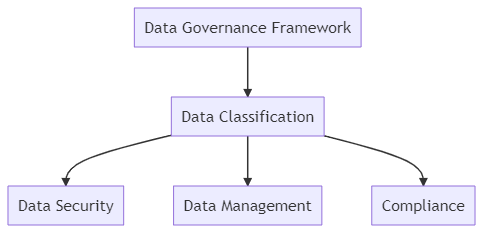Why Data Classification is the Backbone of Data Governance
Data classification is the backbone of any successful data governance strategy. Organizations can improve data security, streamline data management processes, and ensure compliance with industry regulations by effectively categorizing and organizing data.
Boost Data Security with Accurate Data Classification
Implementing a robust data classification system helps organizations identify sensitive information and protect it accordingly. By categorizing data based on its sensitivity and business value, organizations can apply appropriate security measures and access controls, reducing the risk of data breaches.
Streamline Data Management Through Data Classification
Data classification facilitates more efficient data management by simplifying the decision-making process around data storage, retention, and deletion. Well-organized data enables organizations to easily locate, access, and utilize data, increasing productivity and improving data quality.
Ensure Compliance with Industry Regulations
Compliance with industry regulations, such as GDPR, HIPAA, and CCPA, is essential for organizations handling sensitive data. Data classification plays a crucial role in maintaining compliance by identifying regulated data types and ensuring that appropriate measures are taken to protect them.
A Step-by-Step Guide to Implementing Data Classification
Step 1: Define Your Data Classification Categories
Begin by establishing data classification categories that align with your organization’s data governance goals. These categories should reflect the sensitivity and business value of the data. Common classification categories include:
- Public
- Internal Use Only
- Confidential
- Highly Confidential
Step 2: Create a Data Classification Policy
Develop a comprehensive data classification policy that outlines the procedures for classifying, handling, and protecting data within each category. This policy should detail:
- The roles and responsibilities of employees involved in the classification process
- The criteria for assigning data to a specific classification category
- The appropriate security measures and access controls for each category
Step 3: Train Your Employees
Educate employees on the importance of data classification and their role in ensuring its success. Provide comprehensive training on the data classification policy, procedures, and tools to help employees accurately classify data and handle it appropriately.
Step 4: Choose the Right Data Classification Tools
Select data classification tools that meet your organization’s needs and seamlessly integrate with your existing data governance framework. Consider tools that offer automation capabilities, as they can significantly reduce the time and effort required to classify data.
Step 5: Monitor and Adjust Your Data Classification Strategy
Regularly review and update your data classification strategy to ensure it remains relevant and effective in meeting your organization’s data governance objectives. Monitor the success of your data classification efforts through key performance indicators, such as the percentage of accurately classified data or the number of data breaches prevented.
Integrating Data Classification into Your Data Governance Framework

To fully realize the benefits of data classification, it must be seamlessly integrated into your organization’s data governance framework. By incorporating data classification as a core component of your data governance strategy, you can:
- Enhance data security by applying appropriate security measures to sensitive data
- Improve data management processes through more efficient data organization
- Ensure compliance with industry regulations by identifying and protecting regulated data
Conclusion
Data classification is the secret to unlocking the full potential of your data governance strategy. Organizations can boost data security, streamline data management, and ensure compliance with industry regulations by implementing a robust data classification system. Following the step-by-step guide outlined above, your organization can successfully integrate data classification into your data governance framework, unlocking its many benefits.







Leave a Reply